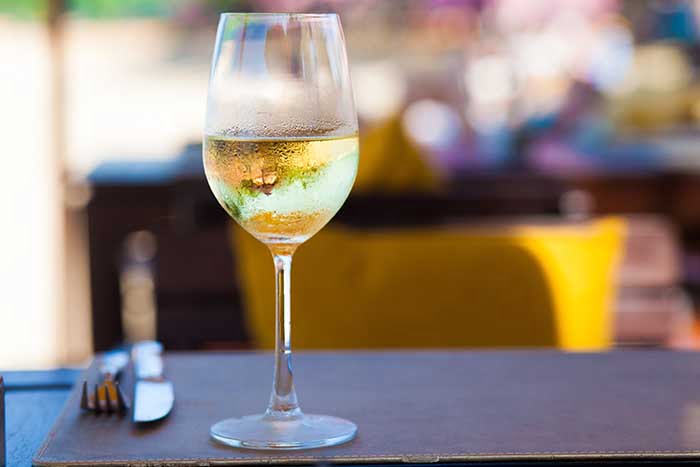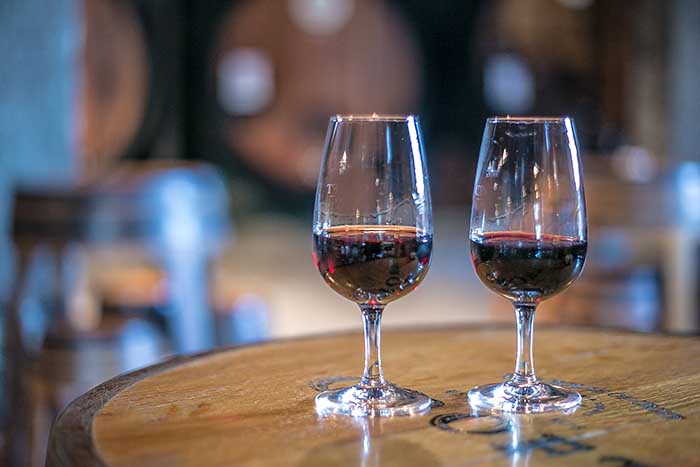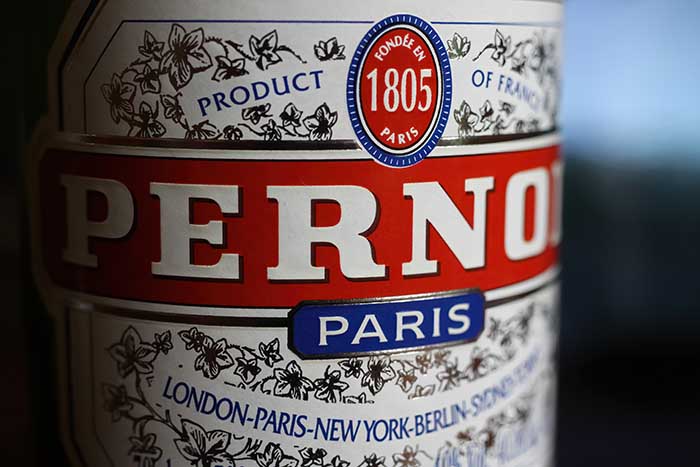Take your Japanese cooking to the next level with the nation’s most famous alcohol. This dry rice wine adds perfect depth of umami flavor and body to homemade broths, seafood, or sauces. From junmai to honjozo, find the best sake for cooking today.
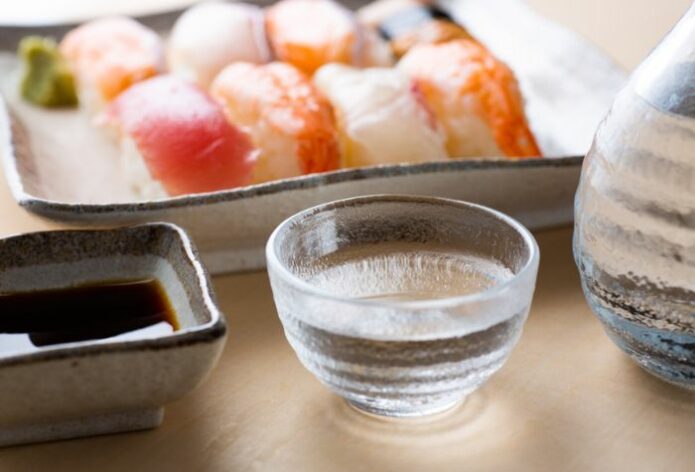
If you’ve tried sake before, then you likely have a strong opinion of it. Maybe it surprised you with its potent aroma, or maybe its smooth texture and flavor left you eagerly asking for more. Either way, sake is a wonderfully versatile beverage that, much like wine, can be paired with a variety of dishes, especially when used in the cooking process.
When you add a splash of sake to your rice or incorporate it in a marinade, it adds a depth of flavor that is incomparable to other ingredients. Its umami and sweetness create complexity that is as interesting as it is delicious.
Keep reading to learn more about how to incorporate this secret ingredient into your everyday cooking, plus a handful of excellent sake suggestions.
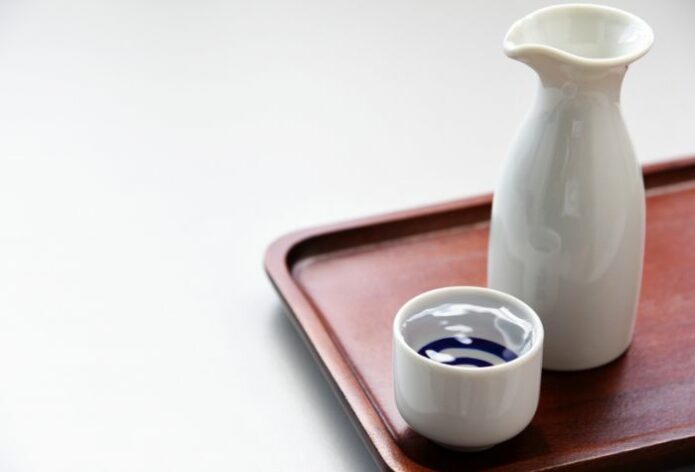
Sake Explained
Sake is essentially a Japanese distilled alcohol made from rice. While it is often compared to wine with regard to its diverse flavor profile, sake is actually more akin to beer.
Sake is made when polished rice (rice with the bran removed) is inoculated with a combination of yeast and fungus. This converts the starch from the rice into sugar, then alcohol. Depending on the sake, brewer’s alcohol (distilled alcohol) may be added. Surprisingly, this addition actually softens sake and rounds out its flavor and aroma.
Why Add Sake to Cooking?
As complementary as sake is when drank alongside food, it adds just as much richness when incorporated into the cooking process. Traditional Japanese cooking often calls for sake when the cook wants to add body and umami to the dish.
It’s a crucial ingredient in homemade teriyaki sauce, providing the flavor and aroma that is unique in the iconic sauce.
Whether you’re looking to enhance the flavor of a broth, steam seafood, or use it in a dipping sauce, there are many reasons why you should reach for sake when cooking. Generally speaking, you could reach for sake as opposed to white wine in many circumstances.
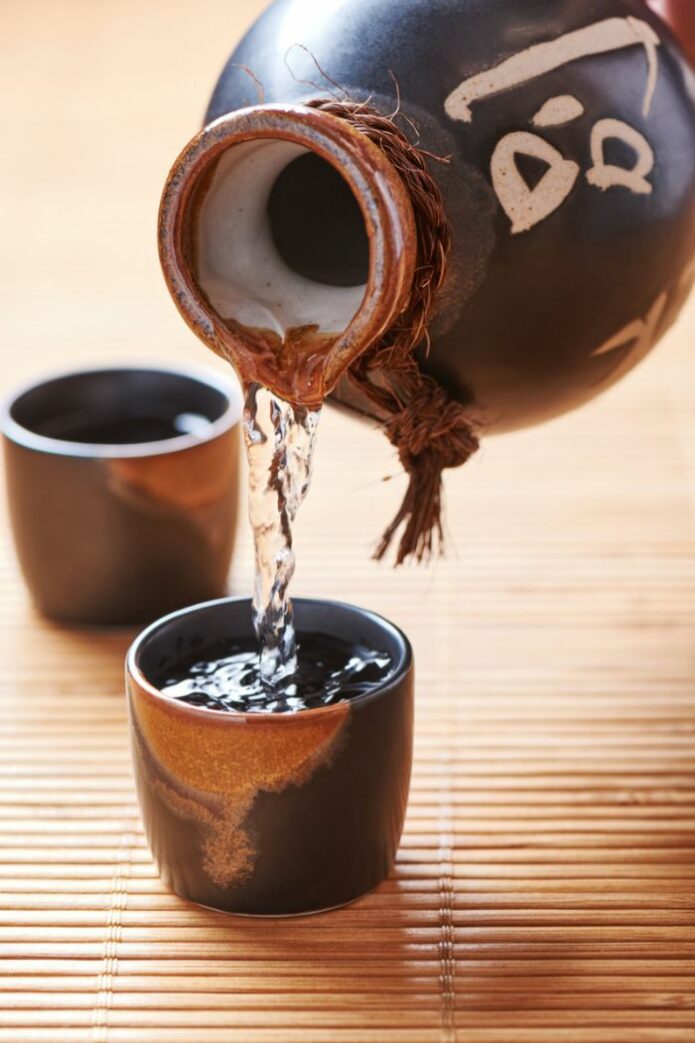
What Grade Sake Should I Cook With?
There are 2 distinct grades of sake: Futsū-shu (table sake) and Tokutei meishō-shu (special designation). The difference is in the degree of polishing of the rice and the presence (or absence) of brewer’s alcohol.
Here’s a quick breakdown of the main types of special designation sake:
- Junmai – Pure, with no added alcohol. Full, rich in body, and higher in acid. Best served warm.
- Honjozo – 30% milled rice, brewer’s alcohol is added. Light and smooth in body with full flavor. Best served warm.
- Ginjo – 40% milled rice. Big aroma, delicate and light flavor. Best served cold
- Daiginjo – 35-50% milled rice. Big in fragrance, full body, delicate flavor, and long-lasting. Best served cold.
In addition to the abovementioned sake, there are two other terms to know: Namazake and Nigori.
Namazake refers to any unpasteurized sake and typically needs to be refrigerated to preserve its delicate aromas. Nigori is unfiltered sake that is cloudy in appearance and sweet, making for a great dessert sake.
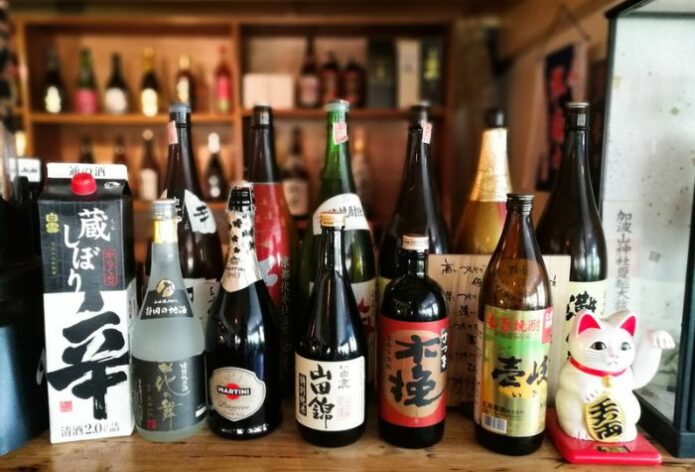
Best Sakes for Cooking
Now, you shouldn’t cook with sake that you wouldn’t drink. However, you don’t have to spend a fortune to get a high-quality special designation sake that works equally well at the dinner table as it does in the food.
Each of the sakes recommended works equally well when added to your dish as it does when served alongside it.
Suigei Tokubetsu Junmai Sake
This sake is best reserved for the more experienced sake drinker. That being said, its powerful aroma and dry finish make it an excellent choice for a dish where you might otherwise reach for white wine.
Brewed off the Pacific coast of Kochi, this sake has an unmistakable acidity that would work great when used to steam seafood or as the base for a sauce or marinade.
Wakatake Onikoroshi Ginjo Sake
Ginjo sake is a great choice for the more introductory sake palette. This one in particular is brewed by one of the great producers in Shimada, on the southern coast of Japan.
The nose is rich with notes of summertime fruit, and its full body makes it a satisfying drinking sake that is best served cold, as either an aperitif or alongside an aromatic stew. To maintain the brightness in this sake, add a splash to sushi rice or incorporate it into a dipping sauce, such as a ponzu (citrus-soy sauce).
Joto Daiginjyo
Due to the processed nature of Daiginjo, you can expect this sake to be polished and well-rounded in flavor. Made in the Hiroshima region with proprietary apple yeast, this is a high-quality and unique sake that also happens to be at an approachable price point.
With hints of crushed herbs and apples, this is a good cooking sake for butter sauces, or for using in marinades or steaming seafood.
Murai Family Nigori Genshu Sake
Nigori sake is another great choice for beginners, as it is going to be sweet on the palate and full-bodied. This sake in particular is rich in flavors of coconut, cream, and anise, and has a slightly earthy finish.
To cook with Nigori, it is best used in desserts or dishes where you want to maintain that creamy texture. Dishes such as rice pudding or incorporated into a custard. Alternatively, this is also a good sake to incorporate into cocktails.
Akashi-Tai Honjozo
This is a full-flavored sake that is light in body, with aromas of green apple, citrus, floral, and oak. Its creamy texture and depth of flavor make it a great choice for both experienced and novice sake drinkers alike. This sake is best served alongside savory dishes, such as a cheese tray, roasted vegetables, or with seafood.
For cooking, this sake would work best when incorporated into broths or as a white wine substitute for buttery sauces.
Tips for Cooking with Sake
Sake, like wine, works wonderfully for cooking and is able to add a distinct layer of flavor that is unmatched by other ingredients. Here are a couple of basic tips to help you unlock those flavors during cooking:
- Don’t add sake just before serving, instead, allow it to simmer or marinade alongside your other ingredients.
- A little goes a long way, so start off light, then taste and adjust throughout the cooking process.
- When in doubt, treat sake exactly as you would a dry white wine.
